Selling baby products on Amazon offers a rewarding opportunity, but it is also competitive in today’s e-commerce world. This category has steady demand, loyal customers, and a growing global market. It attracts both established brands and new entrepreneurs. However, success requires navigating strict compliance rules, creating strong branding, and understanding the unique behaviors of parents and caregivers shopping online.
This guide will cover everything you need to know to launch, grow, and thrive in Amazon’s baby category.
Key Summary
- The baby category is gated, requiring approval, compliance certificates, and strict safety documentation before products can be listed. 🔒
- Profitable growth comes from thorough market research, identifying niches like organic or multifunctional products, and balancing costs with margins of 20–40%. 📊
- Optimized listings with SEO, lifestyle photos, and A+ content build trust and improve conversions. 🖼️
- Using FBA for Prime eligibility, along with Baby Registry and Subscribe & Save, drives recurring revenue and credibility. 🚀
- Long-term success requires leveraging Amazon ads, encouraging reviews, and adapting to evolving shopper behavior such as gifting, bundling, and seasonal surges. 🎁

Source: Amazon
Why Baby Products Are a Booming Market on Amazon
Amazon’s baby category is huge, covering everything from diapers and formula to strollers and nursery furniture. Demand remains strong because parents consistently buy essentials, while relatives and friends often purchase gifts for showers and birthdays.
- According to Grand View Research, the global baby care market is projected to surpass $475.15 billion by 2030, and Amazon captures a significant share.
- Parents are highly motivated by safety, convenience, and trust, which means they often become loyal to reliable brands.
- Programs like Amazon Baby Registry and Subscribe & Save further increase repeat orders and brand loyalty.
In short, the baby category combines high demand with lasting customer relationships, making it one of the most appealing spaces for sellers.
Step 1 - Setting Up as an Amazon Seller

Source: Amazon Seller Central
Before you can sell, you’ll need to set up your Amazon Seller Central account. Sellers can choose between:
- Individual Plan – $0.99 per item sold; best for testing or sellers moving fewer than 40 units per month.
- Professional Plan – $39.99/month with unlimited listings; recommended for serious sellers because it unlocks bulk upload tools, advanced reporting, and advertising eligibility.
During registration, provide your business details, bank account, tax info, and government ID. You may also need to submit utility bills or bank statements for verification. This step establishes your digital storefront and gives you access to Seller Central’s dashboard where you will manage listings, inventory, and performance metrics.
Want to learn more about how to navigate your Amazon Seller Dashboard? Read more about it here!
Step 2 - Getting Approval for the Gated Baby Category

Baby products fall under Amazon’s restricted (gated) categories. To get approval:
- Submit invoices from authorized suppliers or manufacturers with consistent business details.
- Provide safety compliance certificates (Children’s Product Certificate, CPSIA compliance, ASTM standards, FDA for consumables, NHTSA for car seats).
- Ensure packaging, warning labels, and tracking labels meet Amazon’s safety requirements.
Because baby products are highly regulated, Amazon sometimes requests additional details such as lab test results or compliance documents from CPSC-accredited labs.
Pro tip: Start approval with well-known name-brand products (e.g., Pampers, Johnson’s). These are often approved faster and help establish seller credibility.
Step 3 - Conduct Baby-Focused Market Research & Product Selection
Market research is critical in such a competitive niche. Use Jungle Scout, Helium10, and Amazon Best Seller Rank (BSR) to find products with strong demand but manageable competition. Look for:
- Niche items: eco-friendly diapers, hypoallergenic lotions, multifunctional strollers, or smart monitors.
- Parental pain points from parenting forums, social media groups, and product reviews.
- Competitor analysis: study best-sellers, their pricing strategies, review counts, and customer complaints.
In addition to keyword research, check seasonal demand trends and explore cross-category opportunities such as baby bundles. By aligning product selection with real buyer needs and gaps in the market, you create a stronger foundation for differentiation.
Step 4 - Sourcing and Costing
When sourcing and making high-quality baby products, focus on safety, durability, and comfort. First, find reliable suppliers and manufacturers that specialize in baby products. Look for companies with a proven history of quality and safety standards. Platforms like Alibaba, Global Sources, and ThomasNet can connect you to verified manufacturers.
Next, make sure the materials used are non-toxic and meet safety regulations like ASTM standards. This is important for baby products since infants are especially sensitive to harmful substances. Always request:
- Samples and third-party lab tests from CPSC-approved labs for quality and compliance.
- Clear contracts covering lead times, quality checks, defect handling, and certifications.
Additionally, consider the manufacturing process. Choose factories that follow ethical labor practices and keep a clean working environment. Certifications like ISO can indicate a manufacturer’s commitment to quality. Building a solid relationship with your supplier through clear communication and regular checks helps ensure that the products meet your expectations and remain consistent.
Costing must factor in:
- Product and packaging costs.
- Shipping and import duties.
- Amazon referral fees (typically 8–15% for baby categories).
- FBA/FBM fulfillment costs.
Target margins of 20–40%. Premium and organic baby items often allow higher margins because parents are willing to pay more for safety and quality. Always calculate landed costs carefully to avoid surprises.
Step 5 - Optimize Baby Listings with SEO and Visual Appeal

Source: Amazon
Your product listing is your digital shelf. Parents skim quickly, so clarity and trust are key.
- Title: Use keyword-rich but descriptive titles. Example: Organic Tear-Free Baby Shampoo with Aloe & Chamomile – 10.1 fl.oz.
- Bullet Points: Emphasize benefits, compliance, certifications, and how the product solves parental concerns.
- Description: Tell your brand story, highlight values like sustainability, and connect emotionally with parents.
- Visuals: Include white background shots, lifestyle images showing parent-baby use, infographics with features, and if possible, video demonstrations.
- SEO: Use keyword tools to place terms naturally in titles, bullets, A+ Content, and backend search fields. Update regularly based on search trends.
Strong listings reassure parents about safety, show product value, and improve click-through and conversion rates.
Step 6 - Fulfillment Choices (FBA vs FBM)
Before choosing how to fulfill orders, sellers should understand the two main options on Amazon. Each method affects cost, delivery speed, and customer trust, which are especially important when selling baby products.
|
Fulfillment Method |
Pros |
Cons |
|
Fulfillment by Amazon (FBA) |
· Amazon handles storage, packing, and shipping · Prime Eligibility boosts sales potential. · Amazon manages customer service and returns. |
· Fulfillment fees: ~$2.50–$5.00 per unit. · Storage fees: $0.75/cu ft (Jan–Sep), $2.00/cu ft (Oct–Dec) · Limited control over packaging customization |
|
Fulfillment by Merchant (FBM) |
· Full control over storage, packaging, and shipping. · Cost-effective for smaller sellers, avoiding FBA fees. · Flexibility for customized packaging or promotions. |
· The seller is responsible for customer service and returns. · Variable shipping costs. · No automatic Prime eligibility, reducing visibility and conversions. |
Fulfillment by Amazon (FBA)
Pros of FBA:
- Convenience: Amazon handles storage, packing, and shipping, allowing you to focus on sourcing and marketing.
- Prime Eligibility: Products fulfilled through FBA are Prime-eligible, boosting trust and sales potential.
- Customer Service: Amazon manages customer service and returns, offering a seamless experience for buyers.
Cons of FBA:
- Fulfillment Fees: Approximately $2.50 to $5.00 per unit depending on size and weight.
- Storage Fees: About $0.75 per cubic foot from Jan–Sep, increasing to $2.00 per cubic foot from Oct–Dec.
- Less control over packaging customization.
Fulfillment by Merchant (FBM)
Pros for FBM:
- Full control over storage, packaging, and shipping.
- Cost-effective for small sellers with limited sales volume, avoiding FBA fees.
- Flexibility to include customized packaging or promotional materials for branding.
Cons for FBM:
- The seller is responsible for customer service and returns, which can be time-consuming.
- Shipping costs vary widely and must be managed carefully.
- No automatic Prime eligibility, which can reduce visibility and conversions.
Most baby sellers prefer FBA because Prime trust, faster shipping, and simplified logistics are especially valued by busy parents. However, advanced sellers sometimes mix both to balance costs and control.
Step 7 - Promote Baby Products Using Amazon’s Ad Tools & Programs
To rise above competitors, paid promotion is essential.
- Amazon PPC (Sponsored Products, Brands, Display): Target high-intent keywords like “organic baby lotion” or competitor ASINs.
- Defensive Ads: Bid on your own brand terms so competitors cannot intercept your traffic.
- Programs: Join Amazon Baby Registry, Subscribe & Save, Lightning Deals, and Coupons to drive recurring purchases and impulse buys.
Pair Amazon ads with external traffic sources (social media, parenting influencers, blogs) to build momentum. If you need help figuring out how to promote your brand through Amazon PPC, contact us today.
Step 8 - Earn Parent’s Approval: Reviews & Customer Care
Trust is everything. Positive reviews are a deciding factor for parents and gift buyers.
- Enroll in Amazon Vine for early reviews and credibility.
- Respond to inquiries within 24 hours to maintain strong seller metrics.
- Encourage reviews ethically using Amazon’s “Request a Review” button or follow-up emails.
- Use complaints and feedback loops as opportunities to improve product quality and customer satisfaction.
Remember: a few negative reviews highlighting safety or quality concerns can stall sales. By making parents feel confident, supported, and heard, you strengthen loyalty and increase long-term revenue.
Amazon Baby Category Landscape
The Baby category on Amazon is one of the platform’s broadest and most competitive. It spans multiple sub-niches including diapering, feeding, skincare, strollers, car seats, nursery, toys, and safety gear. Within each, there are opportunities for both consumables and higher-ticket durable goods.
- Sub-niches: Essentials like diapers and wipes sell on volume, while categories such as nursery furniture or car seats require higher trust and compliance.
- Compliance-heavy items: Formula, car seats, and sleep products require strict documentation. Skipping compliance can quickly result in suspensions.
- Consumables advantage: Items such as wipes, lotions, and diapers are perfect for Amazon’s Subscribe & Save, creating recurring revenue and long-term retention.
Knowing where your product fits helps you benchmark against the right competitors, anticipate compliance needs, and tailor marketing messages to shopper intent.
Marketing Strategies for Baby Care Products
A crowded marketplace means you need to differentiate through content and visibility. Strong visuals, trust-building brand elements, and keyword-rich copy are essential.
Investing in quality lifestyle product photos
Parents want to see real-life use. Include close-ups that highlight safety features, scale shots showing product size, and lifestyle photos with parents and babies interacting. Clear, high-quality imagery reduces hesitation and increases conversions.
Ensure strategic A+ brand content
Amazon’s A+ Content (Enhanced Brand Content) allows you to add brand stories, feature breakdowns, and comparison charts. Highlight eco-friendly materials, hypoallergenic benefits, and certifications. This not only boosts trust but can lift conversions by 5–10%.
Optimize Listings with Keywords
Conduct thorough keyword research with Helium10 or Jungle Scout. Target intent-driven searches like “organic BPA-free baby bottle” or “hypoallergenic baby lotion for newborns.” Conduct keyword research and place them naturally across titles, bullet points, backend search terms, and descriptions. Refresh keywords periodically to adapt to seasonal and trend changes.
Utilize Amazon Advertising
Use Sponsored Products to rank for competitive search terms, Sponsored Brands to tell your brand story, and Sponsored Display to retarget browsers. For defense, bid on your own branded terms to block competitor ads. Balance ad spend with organic growth by analyzing ACoS and conversion rates regularly.
How Is Shopper Behavior Evolving in the Amazon Baby Category?
Parents’ buying habits are changing because of technology, shifting lifestyles, and Amazon’s growing programs. Sellers who respond to these changes can better keep customers and improve their lifetime value.
1. One-Time Buys vs Subscribe-and-Save Loyalty
While big-ticket items like cribs and car seats are usually one-time purchases, everyday essentials like diapers, wipes, and formula thrive on the Subscribe & Save model. Parents value the convenience of automatic replenishment, and sellers who take advantage of these subscriptions can see increased customer loyalty, steady income, and lower churn rates. Many successful brands actively offer discounts for Subscribe & Save to secure these repeating orders.
2. Personalized Gifting and Baby Registries
A significant portion of sales in this category comes from gifts, especially during baby showers, birthdays, and holidays. Amazon's Baby Registry plays a key role in this, allowing sellers to reach non-parent buyers. By optimizing listings for gift packaging and creating registry-ready bundles, while also timing promotions around popular gifting occasions, sellers can connect with a broader audience beyond just parents.
3. Cross-Category Bundling (e.g., Diaper + Skincare Kits)
Bundling products increases the average order value and meets practical needs for busy parents. For example, offering a “Newborn Essentials Kit” that includes diapers, wipes, and rash cream simplifies the shopping experience and makes the products more appealing as gifts.
4. Prime-First Buying Preferences
Parents often prioritize quick and reliable delivery, making Prime-eligible listings more attractive. Products fulfilled by Amazon (FBA) tend to win the Buy Box more often and gain instant trust. For busy caregivers, the Prime badge can be the deciding factor when comparing similar products.
5. Research-Led, Review-Sensitive Purchases
Today’s parents do thorough research before making purchases, often closely examining reviews for safety, quality, and usability. Even a few negative comments can stop a sale. Building trust through Amazon Vine, offering quick customer service, and actively managing feedback are crucial.
How Do Seasonal and Event-Based Trends Influence Baby Product Sales?

Source: Amazon
Seasonality plays a big role in how parents and gift-givers shop on Amazon. Demand patterns often shift around life events and major retail holidays, and sellers who prepare ahead of time can maximize sales opportunities.
Baby product sales spike during predictable life stages and retail events:
- Peak periods: Baby showers, holiday seasons, and back-to-school shopping for toddlers.
- Major retail events: Prime Day, Black Friday, Cyber Monday, and Mother’s Day often bring double-digit sales lifts.
- Strategy: Plan inventory in advance, boost ad budgets for seasonal keywords (e.g., “newborn holiday gift set”), and launch time-limited deals to capitalize on urgency.
Common Mistakes to Avoid When Selling Baby Products
Even experienced Amazon sellers can stumble in the Baby category because of its strict compliance requirements and sensitive customer base. Recognizing these pitfalls early can save you from costly suspensions, poor conversions, and lost trust. Below are some of the most common mistakes to avoid.
Neglecting safety compliance.
Failing here leads to account suspension or legal liability. Always document compliance with CPC, CPSIA, and relevant ASTM/FDA/NHTSA standards.
Using generic listings that don’t address baby buyers' concerns.
Parents want reassurance. Highlight hypoallergenic, organic, BPA-free, and dermatologist-tested features. Address common parental worries directly in bullets and descriptions.
Skimping on trust-building visuals or missing Amazon baby-specific programs.
Not using A+ content, lifestyle photography, or joining Baby Registry can cost you credibility and conversions. Lean into Amazon’s category-specific programs to stand out.
beBOLD Tip: If you’re planning inventory and marketing around major baby-category surges, our guide on Amazon Baby Product Trends can help you anticipate demand shifts and align your strategy with what parents are actually searching for on Amazon.
Scale Your Baby Product Brand with beBOLD Digital
Selling baby products on Amazon requires balancing compliance, competitive positioning, and customer trust. If you’re ready to establish or scale your baby product brand on Amazon, beBOLD Digital can help. From account management and SEO-driven listing optimization to PPC advertising and creative A+ content, our team specializes in building profitable, trusted Amazon stores. Contact us today and let us help you win parent trust, maximize conversions, and grow your market share in this competitive category.
FAQs
What safety certificates are required for baby products?
You’ll need several safety certificates, including the Children’s Product Certificate (CPC), CPSIA testing, and compliance with ASTM standards. Some products may also require additional compliance from FDA and NHTSA.
Does Subscribe & Save improve recurring revenue for baby items?
Absolutely. Parents appreciate the convenience of auto-delivery for essentials, which enhances customer lifetime value and creates more predictable sales.
What advertising strategy works best for baby products?
A successful approach includes a combination of Sponsored Products to drive conversions, Sponsored Brands for increased awareness, and defensive advertising to fend off competitors.
How do I check if I'm ungated in Amazon’s Baby category, and when should I submit certifications?
You can check this in Seller Central by navigating to Inventory → Add a Product to see any restrictions. Remember to submit your invoices and compliance documents early to prevent any delays.
What do parents and gift-givers value most when shopping for baby products on Amazon?
When it comes to baby products, parents and gift-givers prioritize safety, fast Prime shipping, verified reviews, and items that exude reliability and convenience.


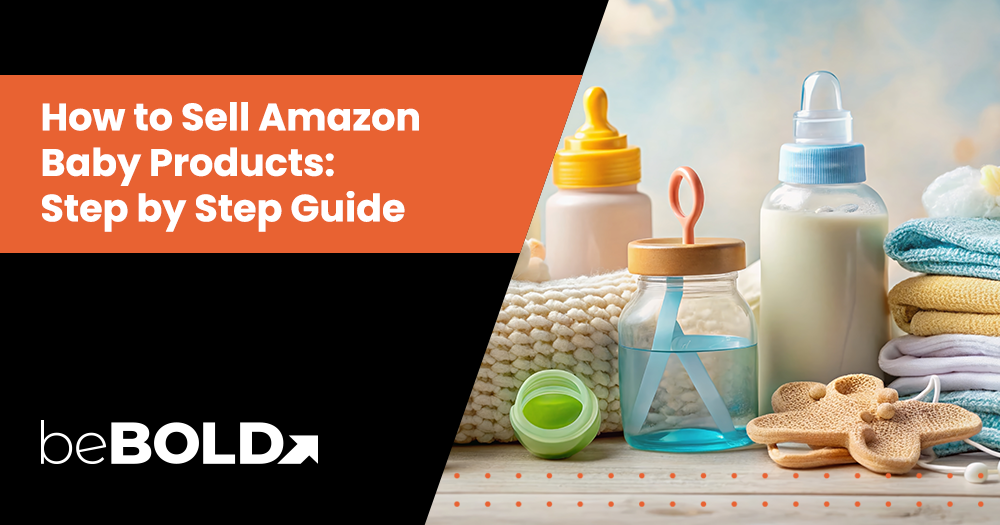

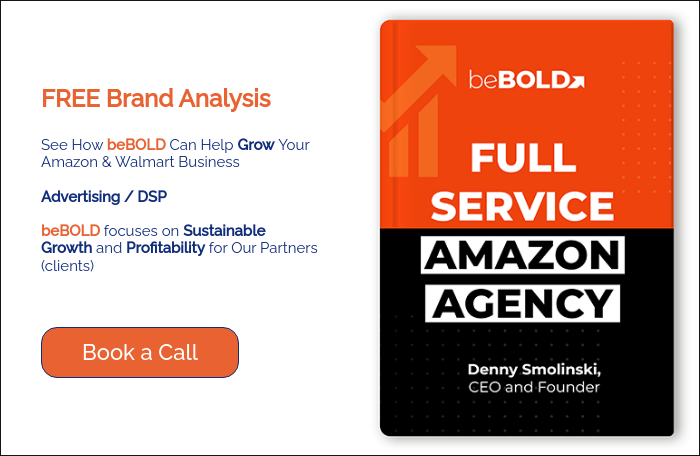


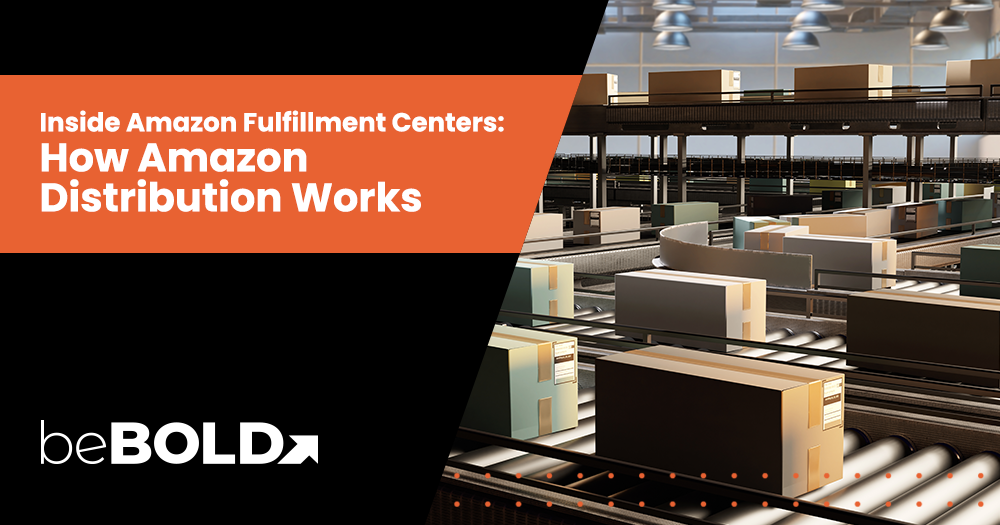
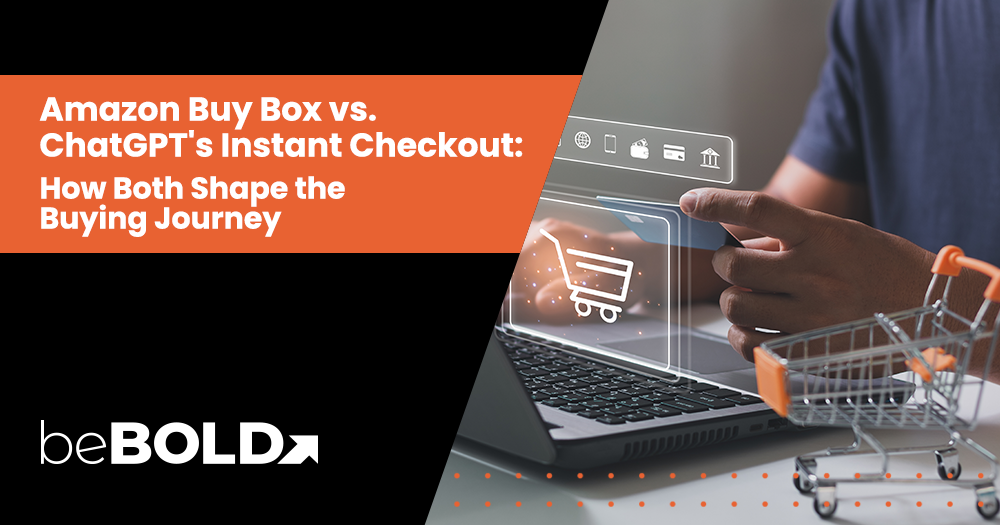
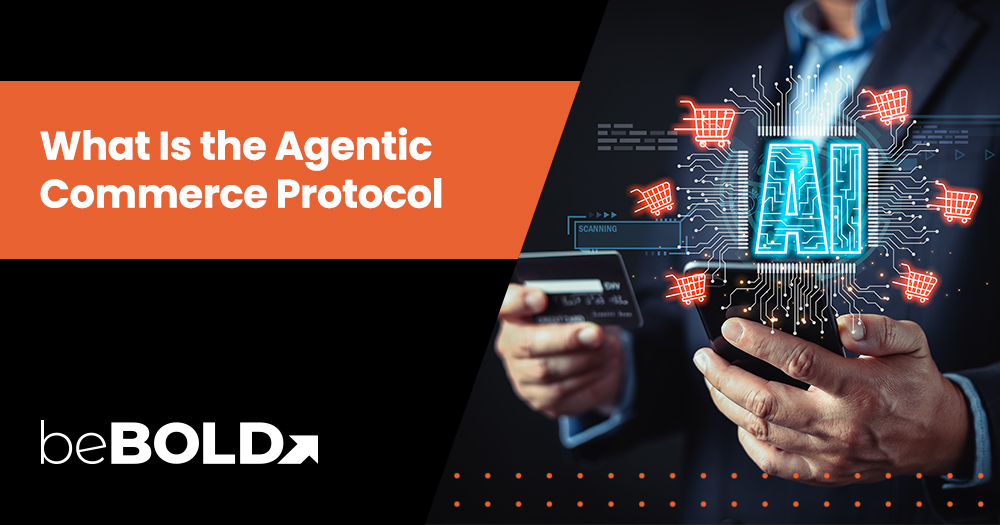
Comments